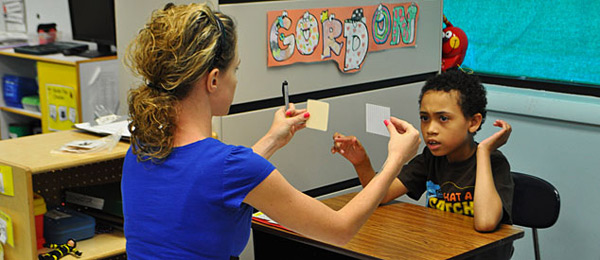
This study, published in the journal Molecular Psychiatry, offers new prospects for the diagnosis and understanding of the physiological mechanisms of autism.
Autism is a condition characterised by great heterogeneity, both in terms of clinical manifestations and genetics. It is currently estimated that nearly 400 genes may be involved in this disorder. Diagnosis of this condition is all the more complex because it is often associated with other developmental disorders involving the same genes.
To improve diagnosis, the Inserm researchers used an original multimodal approach combining:
Clinical assessment
High-throughput genomic analysis to sequence all the genes
Analyses of the electrical activity of the brain in response to the perception of a change (electroencephalography — EEG)
Two families with members affected by autism and/or intellectual disability were given the benefit of this integrated approach. In these two families, all individuals affected by the condition carried a mutation in the NLGN4X gene, which manifested in the brain as problems in transmitting information by the neurons.
Using EEG, the researchers primarily observed an abnormal brain wave pattern, characteristic of patients with autism. The other family members, including those with intellectual disabilities, did not show this feature.
Thanks to this new approach, a second rare mutation was characterised and linked to atypical brain activity measured by EEG in autistic patients.
For Frédéric Laumonnier and Frédérique Bonnet-Brilhault, the main authors of this work, “This study helps us realise that there is no ‘gene for autism,’ but combinations of genes involved in neurodevelopment that affect the development of the neuronal networks targeted by this condition.”
Identifying these combinations is a key step in understanding the physiopathology, and ultimately in the development of targeted therapeutic drugs.
Autism is a pervasive developmental disorder that appears early in childhood and continues into adulthood. It presents as an altered ability to establish social interactions and communicate, and as behavioural problems. People with autism often seem imprisoned in a kind of inner world.